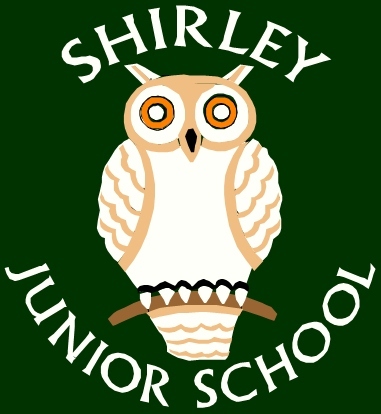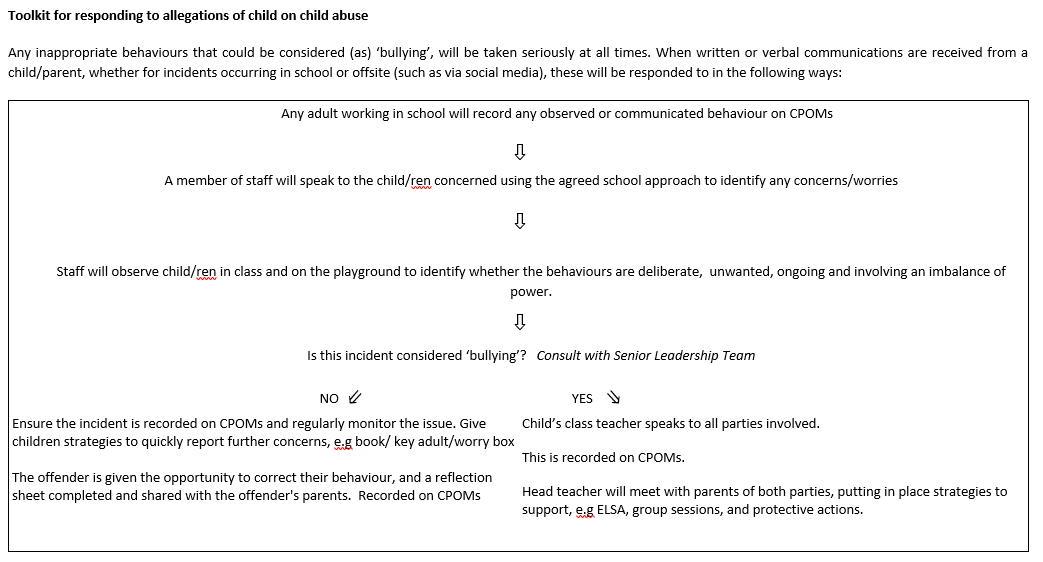Anti-Bullying Strategy
Child on child abuse
In line with Keeping Children Safe in Education, child-on-child abuse includes, but is not limited to:
- Bullying (including cyberbullying)
- Abuse in intimate personal relationships between peers
- Physical abuse such as hitting, shaking, biting, hair pulling
- Sexual violence, such as rape, assault by penetration etc
- Online abuse, including facilitation, threats and/or encouragement of physical harm or sexual violence
- Sexual harassment, including sexual comments and jokes
- Causing someone to engage in sexual activity/conduct without consent
- Consensual and non-consensual sharing of nudes and semi nudes images and or videos
- Upskirting, which typically involves taking a picture under a person’s clothing without their permission
- Initiation/hazing type violence and ritual
In 2022 the NSPCC reported a 29% increase in children seeking help with child on child abuse. We understand as a school:
- it often goes unseen in schools.
- it may take place online or away from school.
- It is frequently seen as ‘banter’ or ‘kids being kids’ in some settings.
At Shirley Junior School we ensure we train staff to notice the signs and understand the seriousness of child on child abuse. This is in our yearly training and refreshed training throughout the year. We uphold that dealing successfully with child on child abuse is a whole-school responsibility, starting with the headteacher. Our approach and view of ‘it can happen here’ is fundamental in all of our record keeping. We take all individual incidents seriously.
The school keeps a log of any reported bullying, sexual harassment or racial comments as well as actions taken, analysing for repeated incidents.
Please see our behaviour & Relationship Policy for further information

